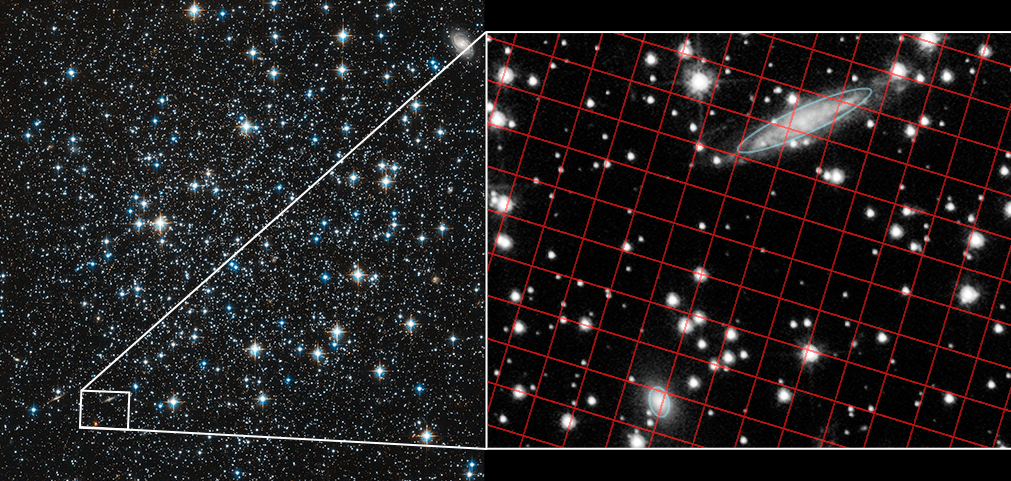
Dad Bod
NASA performed a new measurement of the mass of the Milky Way galaxy using the Hubble and Gaia space telescopes. Not only do the new measurements show that our home galaxy is bigger than many of its peers, but also that the overwhelming majority of that weight is invisible dark matter — opening up tantalizing mysteries about what comprises the portions of the Milky Way we can’t see.
“The new mass estimate puts our galaxy on the beefier side, compared to other galaxies in the universe,” reads a NASA blog post about the research.
Star Weight
According to NASA’s new measurements, the Milky Way weighs in at about 1.5 trillion stellar masses, meaning it has 1.5 trillion times the weight of the Earth’s Sun.
The Milky way only has about 200 billion stars — plus a black hole at its heart that weighs as much as about another four million stars — which accounts for only about 13 percent of its mass.
Dark Matter
That means much of the rest of the Milky Way’s mass is something we can’t see — likely a mysterious substance physicists call dark matter.
“Most of the rest of the mass is locked up in dark matter, an invisible and mysterious substance that acts like scaffolding throughout the universe and keeps the stars in their galaxies,” reads the NASA blog post.
READ MORE: What Does the Milky Way Weigh? Hubble and Gaia Investigate [NASA]
More on the Milky Way: Scientists Found a “River of Stars” Flowing Through the Milky Way